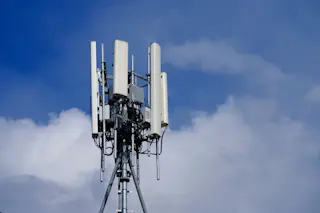Many robberies and homicides go unsolved because there is no way to trace a bullet found at the crime scene back to a specific gun and, ultimately, to the person who fired it. So Todd Lizotte, head of development at NanoVia, has devised a technology to do just that.
Lizotte, a handgun enthusiast, spent years working with lasers to shape machine parts. Then he realized that the same process could enable a gun to emboss bullet casings with a unique symbol. As a test, he laser-etched a half-millimeter-wide pattern into the tip of a gun's firing pin. When the gun is fired, the pin slams into the casing of a bullet, leaving a tiny stamp. Such a mark could indicate a gun's serial number, which is already recorded when someone buys it. Casings left behind at a crime scene would thus contain a signature of the gun from which they ...














